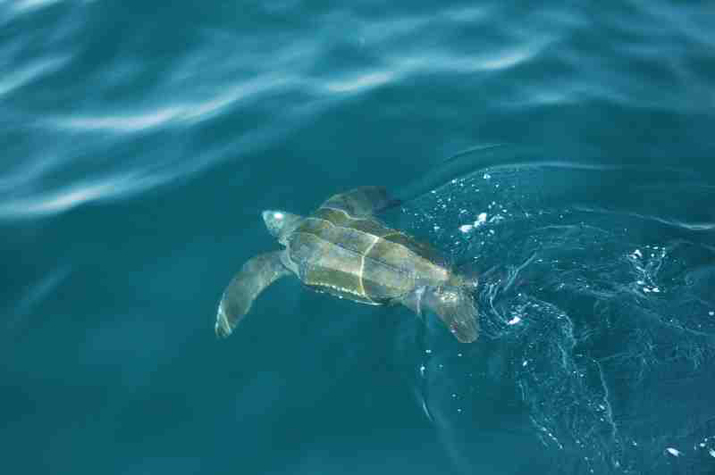
University of Guelph researchers studied nearly 700 herring gull eggs from the Great Lakes region and have found that based on egg colour they can determine environmental contamination levels.
Using a spectrophotometer to measure slight colour variation, researchers found that when contamination levels are higher the egg is not as blue-green as it would be in less contaminated areas.
Because all birds share the same two colour pigments in their eggs – brown and blue-green, it is possible that this study could be applied to other populations and used around the world.



